An apparent leaked email from Tesla CEO Elon Musk suggests that the electric vehicle maker would be updating its vehicle delivery process.


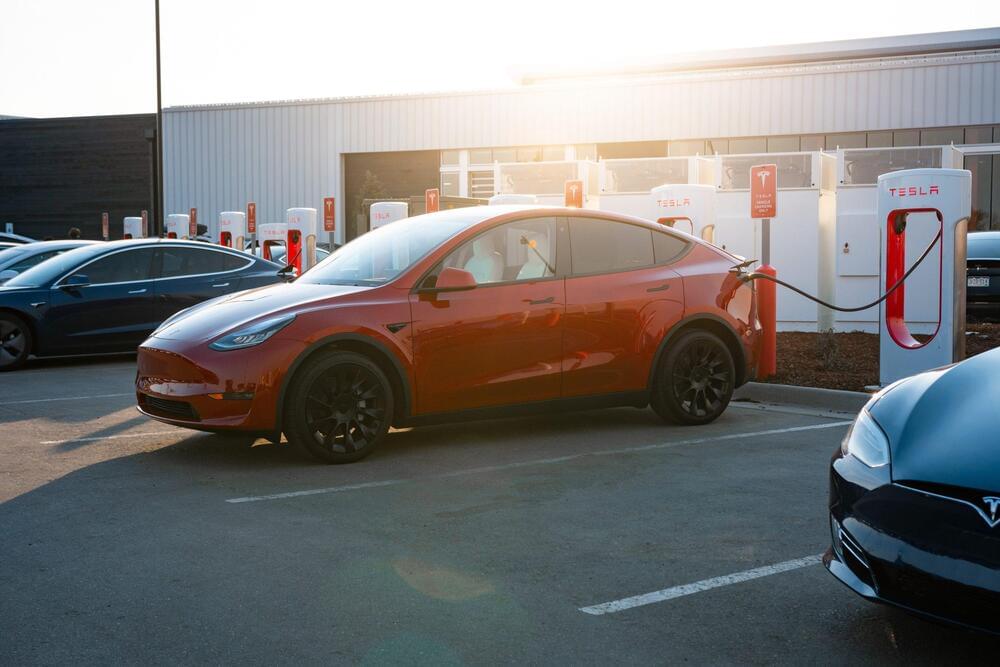
Tesla executive Rohan Patel clarified some facts about Supercharger NACS access for non-Tesla vehicles like Rivian and Ford.
Patel—Tesla’s Vice President of Public Policy and Business Development—recently replied to a question from Teslavangelist, who questioned the number of Supercharger stalls non-Tesla owners actually had access to with NACS connectors.
Tesla recently opened the Supercharger Network to Ford and Rivian electric vehicles (EVs) through its NACS connecter. Both automakers claim that NACS connectors provide Ford and Rivian owners access to over 15,000 Tesla Supercharger locations. Teslavangelist pointed out that non-Tesla EV owners only have access to V3 and V4 Superchargers, doubting they have access to 15,000 Supercharger stalls.
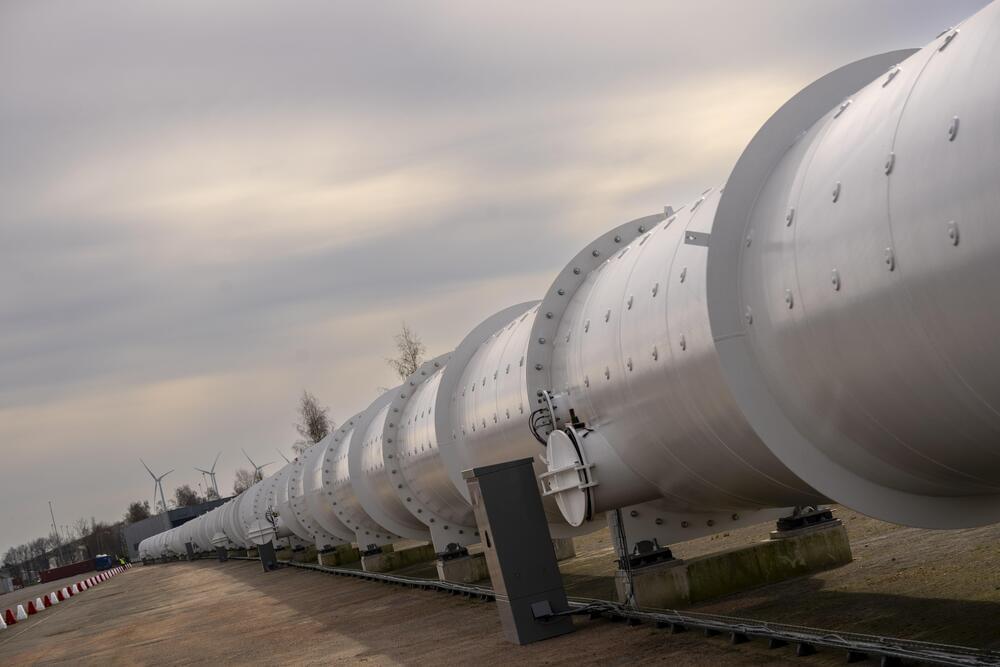
VEENDAM, Netherlands (AP) — A 420-meter (quarter-mile) white steel tube running alongside a railway line in the windswept northern Netherlands could usher in a new era in the transportation of people and freight.
The tube is the heart of the new European Hyperloop Center that opens Tuesday and will be a proving ground in coming years for developers of the evolving technology.
Hyperloop, once trumpeted by Elon Musk, involves capsules floating on magnetic fields zipping at speeds of arund 700 kph (435 mph) through low-pressure tubes. Its advocates tout it as far more efficient than short haul flights, high-speed rail and freight trucks.
The first mass-produced 900V drive system rolled off the production line Wednesday. Chinese EV maker NIO’s (NIO) “Thunder” 900V electric drive system (EDS) can add over 150 miles (255 km) with five-minute fast charge.
NIO announced the milestone Wednesday after building its one-millionth EDS. NIO’s Porsche-rivaling ET9 premium EV will be the first to feature the new tech.
The ET9 was unveiled in December aimed at “the new generation of high-end business users.” NIO packed the luxury EV with its latest tech for a “perfect package of flagship-style exterior, spacious interior, immersive experience, efficient recharging.”
The attempt began on the evening of March 20, and GWR officials were present at the test site. Engineers from Stadler drove the train in shifts over the night and the following day. When the train stopped at 5:23 pm on March 22, it had traveled 1,741.7 miles (2,803 km) over 46 hours, all on a single fuel tank.
This is six times the distance of FLIRT H2’s advertised range – 285 miles (460 km). However, it is unlikely to be replicated in real-life scenarios since the train did not stop and start multiple times during the record attempt, nor did it travel on different inclines. Nevertheless, it showcased the ability of hydrogen fuel as a potential power source for trains.
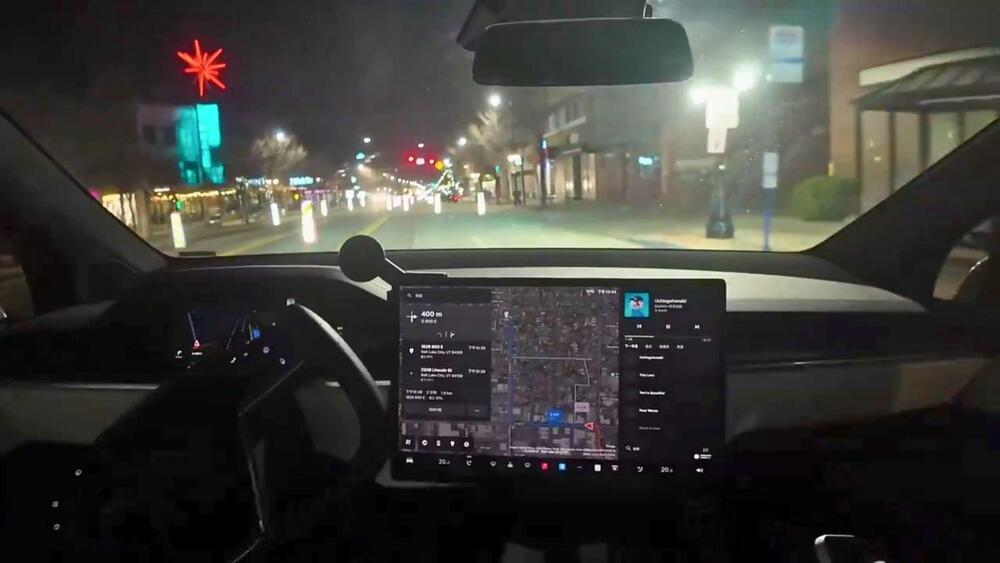
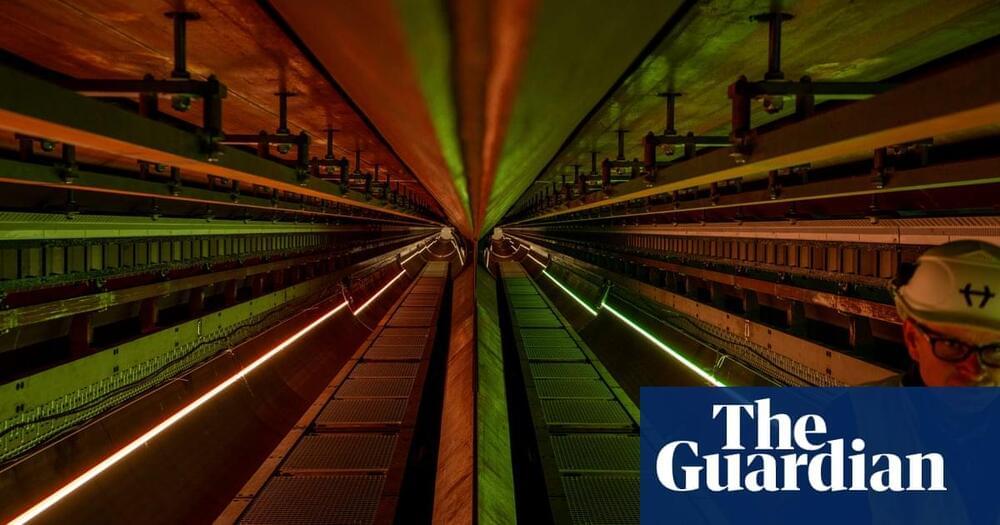
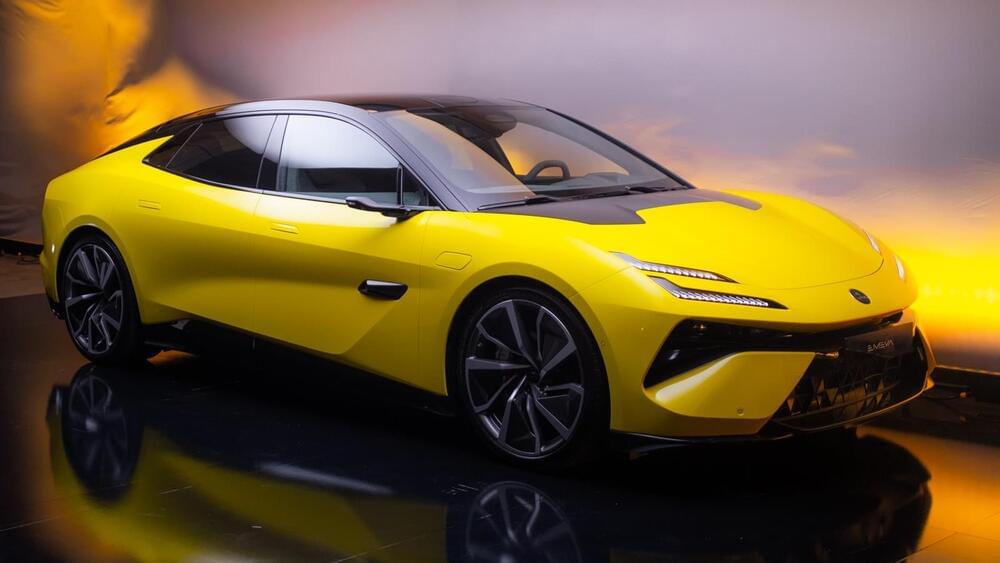
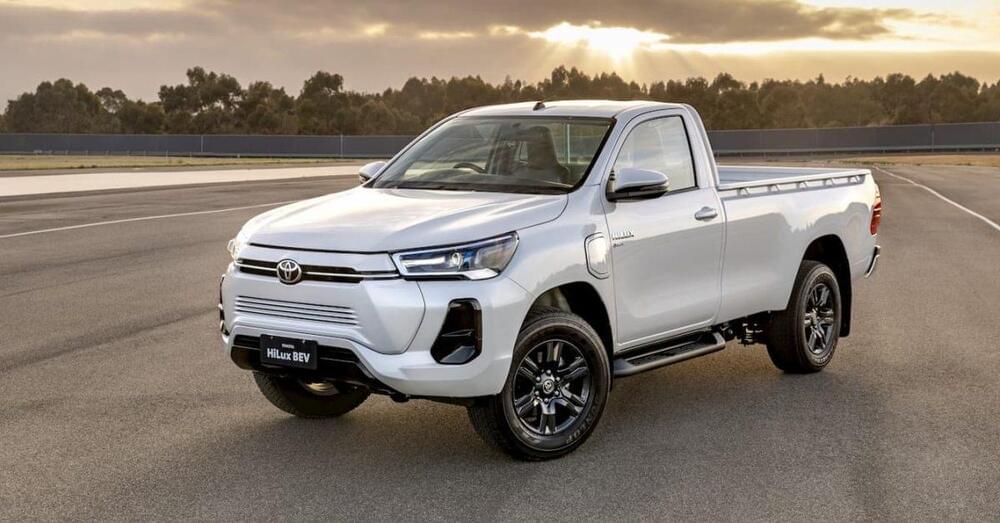
An all-electric Toyota pickup may be closer than expected. According to the company’s Thailand president, Toyota will launch an electric Hilux pickup by the end of 2025. The move comes after Japanese rival Isuzu is set to reveal its first 100% electric truck later this month.
Toyota’s Hilux is one of the top-selling pickup trucks globally, so it would make sense for an all-electric version.
The Toyota Hilux is built in six nations with sales across 180 countries and regions. Despite releasing its first “electrified” Hilux Hybrid 48V in December, it still featured a 2.8L diesel engine. The update provided a modest 5% improvement in fuel efficiency.
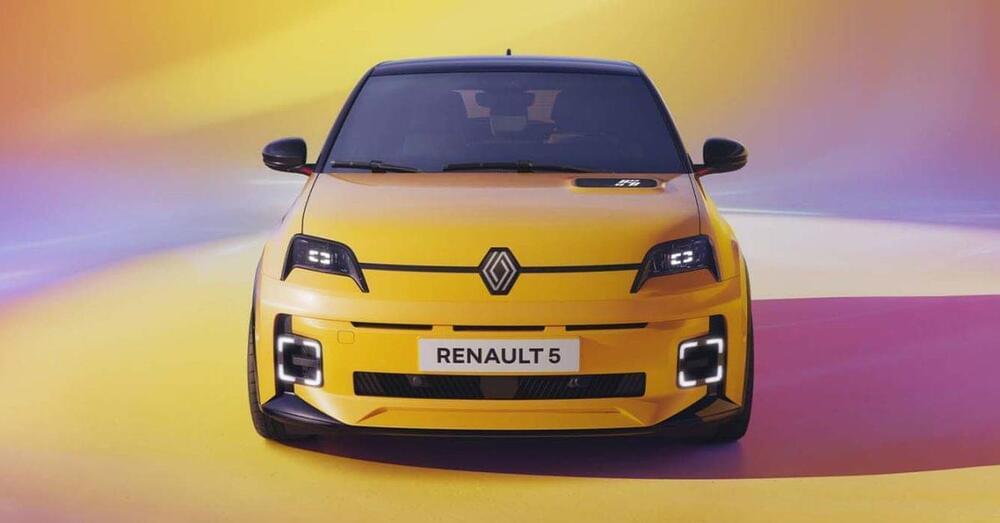
French automaker Renault is exploring a lucrative business prospect by partnering with companies to extract and recycle lithium and other metals in EV batteries, creating a circular economy that can bring in billions of dollars and reduce reliance on China.
According to Automotive News Europe, Renault aims to be the first European automaker to recycle batteries on an industrial scale.
“In Europe, there is currently… nobody who can claim to recycle used batteries in a closed-loop to reproduce nickel, cobalt and lithium to make new batteries,” said Jean-Philippe Bahuaud, CEO Renault’s environment unit, called The Future Is Neutral (TFIN), which was launched in 2022.